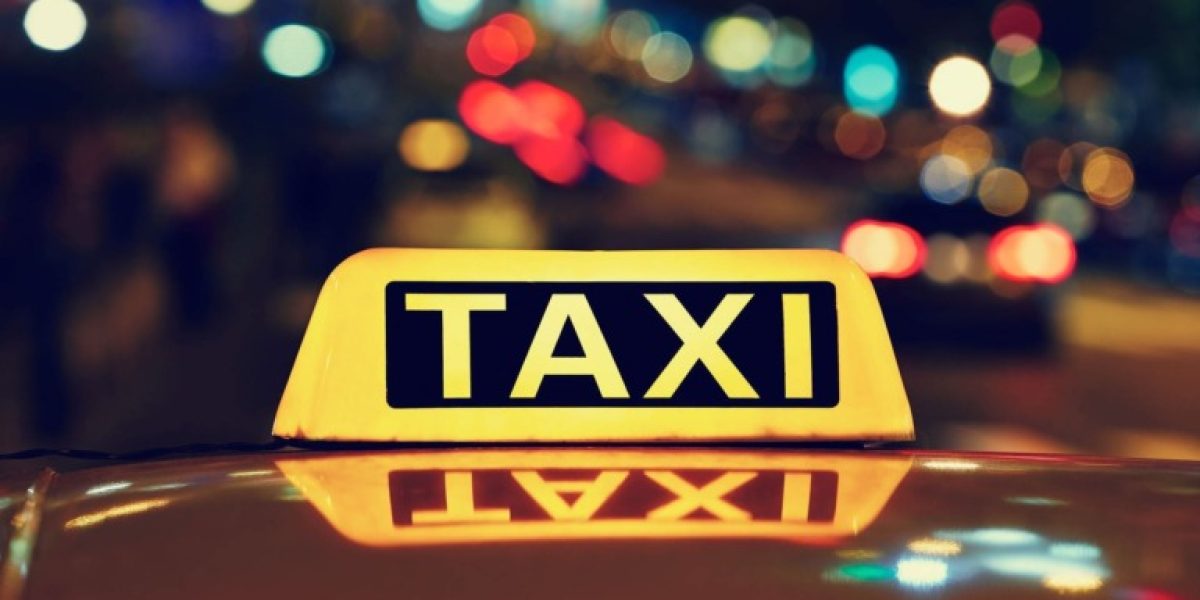The humble taxi has undergone a significant transformation in recent years, and nowhere is this more evident than in its payment methods. Gone are the days when a wad of cash was your only reliable option. In an increasingly cashless world, passengers frequently ask, “Do taxis take cards?” The answer, while largely a resounding “yes” in most urban centers, comes with nuances and regional variations that are crucial for any traveler to understand.
The Rise of Cashless Convenience
The shift towards digital payments has swept across industries, and the taxi sector is no exception. Fuelled by the ubiquity of smartphones and the success of ride-hailing apps like Uber and Careem, consumer expectations for seamless, cashless transactions have soared. This demand has prompted traditional taxi services to adapt, integrating various card payment solutions to remain competitive. The benefits are clear:
- For Passengers: Enhanced security (no need to carry large amounts of cash), faster transactions, and the convenience of digital receipts for expense tracking.
- For Drivers and Operators: Reduced risk of theft, improved financial transparency, minimized errors in cash handling, and quicker turnaround times between fares.
Many modern taxi fleets now boast advanced payment terminals accepting major credit and debit cards (Visa, Mastercard, etc.), as well as popular mobile payment options like Apple Pay and Google Pay. Some even support local digital wallets or QR code payments, further expanding the cashless ecosystem.
Global Variations in Card Acceptance
While the trend leans heavily towards card acceptance, the prevalence and reliability of cashless payments in taxis can vary significantly depending on your location.
Developed Nations Leading the Charge
In many developed countries, particularly in major cities, card payment in taxis is not just common but often mandated. For instance, in the UK, it’s generally mandatory for taxis to accept card payments. Similarly, in parts of Europe like France and Italy, regulations increasingly require drivers to offer cashless options, with some countries even imposing fines for non-compliance. The United States and Canada also see widespread card acceptance, especially in larger metropolitan areas.
Emerging Markets and Mixed Landscapes
In contrast, some emerging economies or smaller, more rural areas might still lean heavily on cash. While ride-hailing apps in these regions often facilitate card payments through their platforms, traditional street-hailed taxis may be less equipped. For example, in some parts of China, mobile payment apps like Alipay and WeChat Pay are dominant, often preferred over physical cards or cash. In other Asian or African countries, cash might still be king for many independent taxi drivers due to lower adoption rates of POS terminals or a preference to avoid transaction fees. Dubai, on the other hand, offers a comprehensive range of payment options including credit/debit cards, Apple Pay, Samsung Pay, and even local transit cards like NOL.
Challenges and Considerations
Despite the undeniable advantages, the widespread adoption of card payments in taxis hasn’t been without its hurdles.
Technical and Financial Barriers
- Connectivity Issues: In areas with unreliable mobile networks, card terminals can experience connectivity problems, leading to failed transactions and frustration for both driver and passenger.
- Transaction Fees: For individual drivers or smaller taxi companies, the processing fees associated with card payments can eat into their earnings, making cash a more appealing option for some.
- Hardware Costs: Acquiring and maintaining card payment terminals represents an upfront and ongoing cost for taxi operators.
Driver Preference and Practicalities
Some drivers, particularly independent ones, may still prefer cash due to immediate liquidity, a desire to avoid tracking income for tax purposes, or simply a lack of familiarity with the technology. It’s also not uncommon for drivers to claim their machine is “broken” or “out of service” to encourage cash payments.
Tips for a Smooth Taxi Payment Experience
To ensure a hassle-free journey, especially when relying on cards, consider the following:
- Confirm Before You Ride: Before getting into a taxi, it’s always wise to ask the driver if they accept card payments, or specifically your preferred method (e.g., “Do you take Visa?” or “Can I pay with Apple Pay?”).
- Look for Decals: Many taxis will display stickers or decals indicating accepted payment methods on their windows or dashboards.
- Utilize Ride-Hailing Apps: If available, using a ride-hailing app generally guarantees a cashless experience, as payment is processed directly through the app using your linked card or digital wallet.
- Carry Some Cash as Backup: Even in card-friendly cities, it’s prudent to carry a small amount of local currency as a backup, just in case of technical glitches or if you encounter a driver who only accepts cash.
- Be Aware of Surcharges (Illegal in Many Places): In some regions, drivers might illegally attempt to levy an extra fee for card payments. Be aware of local regulations, as this is often prohibited.
Conclusion
The evolution of payment systems in the taxi industry reflects a broader global shift towards digital convenience. While cash still holds a place, especially in certain markets, the overwhelming trend is towards cashless transactions. Taxis, striving to meet modern consumer expectations and compete with ride-hailing services, are increasingly equipped to accept card payments and various digital wallet solutions. By being informed and prepared, passengers can navigate the diverse landscape of taxi payment options, ensuring a smooth and efficient ride wherever their journey takes them. Visit the official website of ashcabsdunfermline.co.uk












